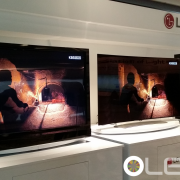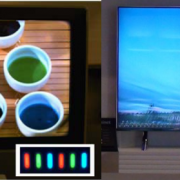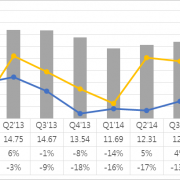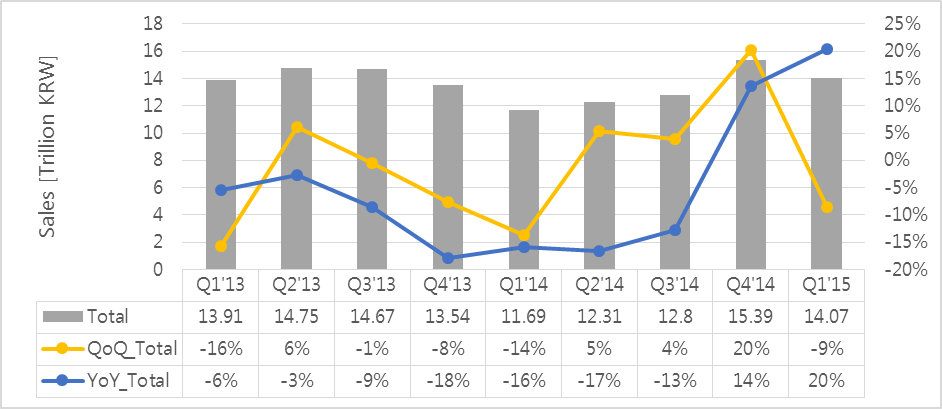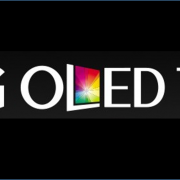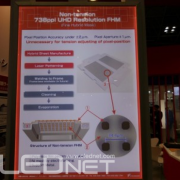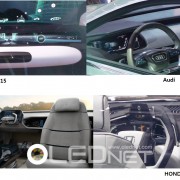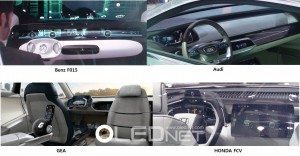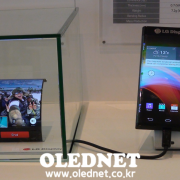What is the Next Key Technology in OLED Display?
There is a breath of fresh air of paradigm shift within small-mid size display. Traditional display is turned on by the user’s actions as needed. But, technology, which is able to check information at any time, has been developed and is being applied to the actual product.
LG Display is mass producing world’s first plastic circular OLED. LG Display’s plastic circular OLED panel displays screen in the same resolution without power supply of power management chip via PSM (Power Save Mode). Through this, the panel is turned on for 24 hours a day with only 10~20% of power compared to typical driving mode. PSM is evaluated as innovative circuit design and was applied to G Watch R last year.
A similar function is applied to several other smart phones. Galaxy Note Edge and Galaxy S6 Edge have screen function, ‘Night Watch’. Once the time is set, information such as time, date, weather is displayed on edge screen during that time, Through this, the user can check displayed information at anytime for a period.
Yotadevices, a Russian venture company, announced the second version of Yotaphone2 on 13 May. On the front side of Yotaphone 2 is 5.0 inch AMOLED display, and on the back side is a black and white display with electronic ink (E-ink), so the user can use both sides of the smartphone. The back side of Yotaphone2 is always on; e-ink technology can be used without power if the screen doesn’t change, so user can use back display, without consuming much power. Yotadevices said, “The function of backside display can be set freely. Also, you can save power used for turning on the front screen because you can always check the information set by you.”
‘Always ON’ in a function where the display is always turned on to deliver information. It is difficult to apply to OLED display. This is due to the burn-in phenomenon, which occurs when a particular pixel of the OLED panel is depleted and discolored, maintaining a fixed screen for a long time. To apply the ‘Always ON’ to the OLED, the OLED light-emitting material must be improved or the image-processing technology must be developed to minimize burn-in phenomenon. LG applied the ‘Always ON’ in G watch R by reducing the burn-in phenomenon, using the new image processing technology which moves the screen gradually at regular intervals.
‘Always ON’ is expected to be used primarily in the automotive displays and wearable displays where information should be displayed for a long time, and is forecast to be a key feature of the display in future.


